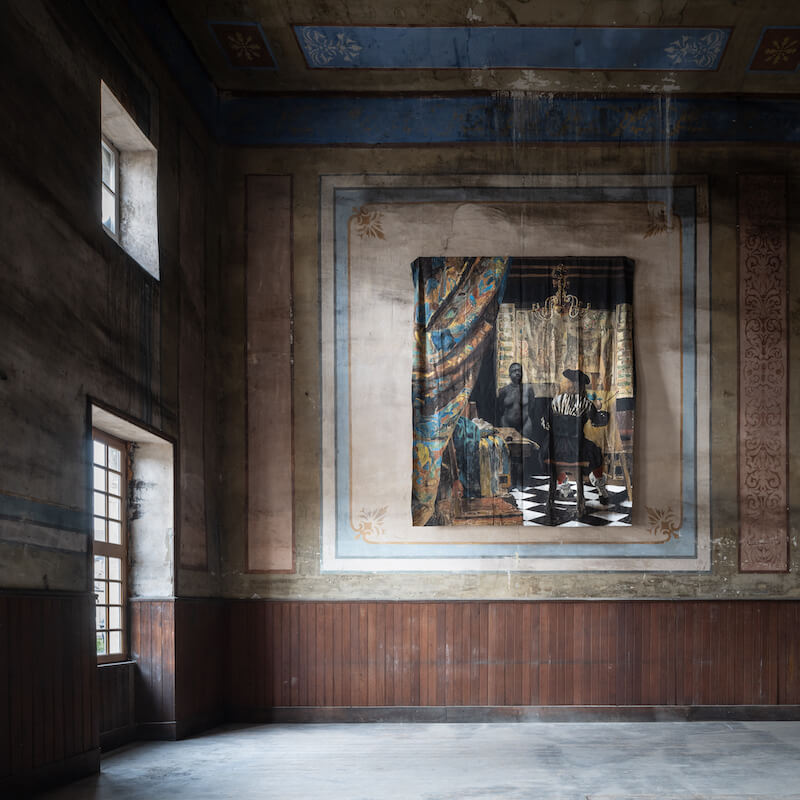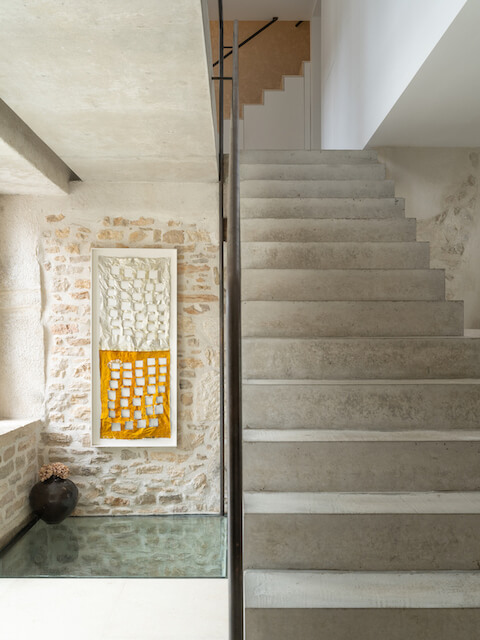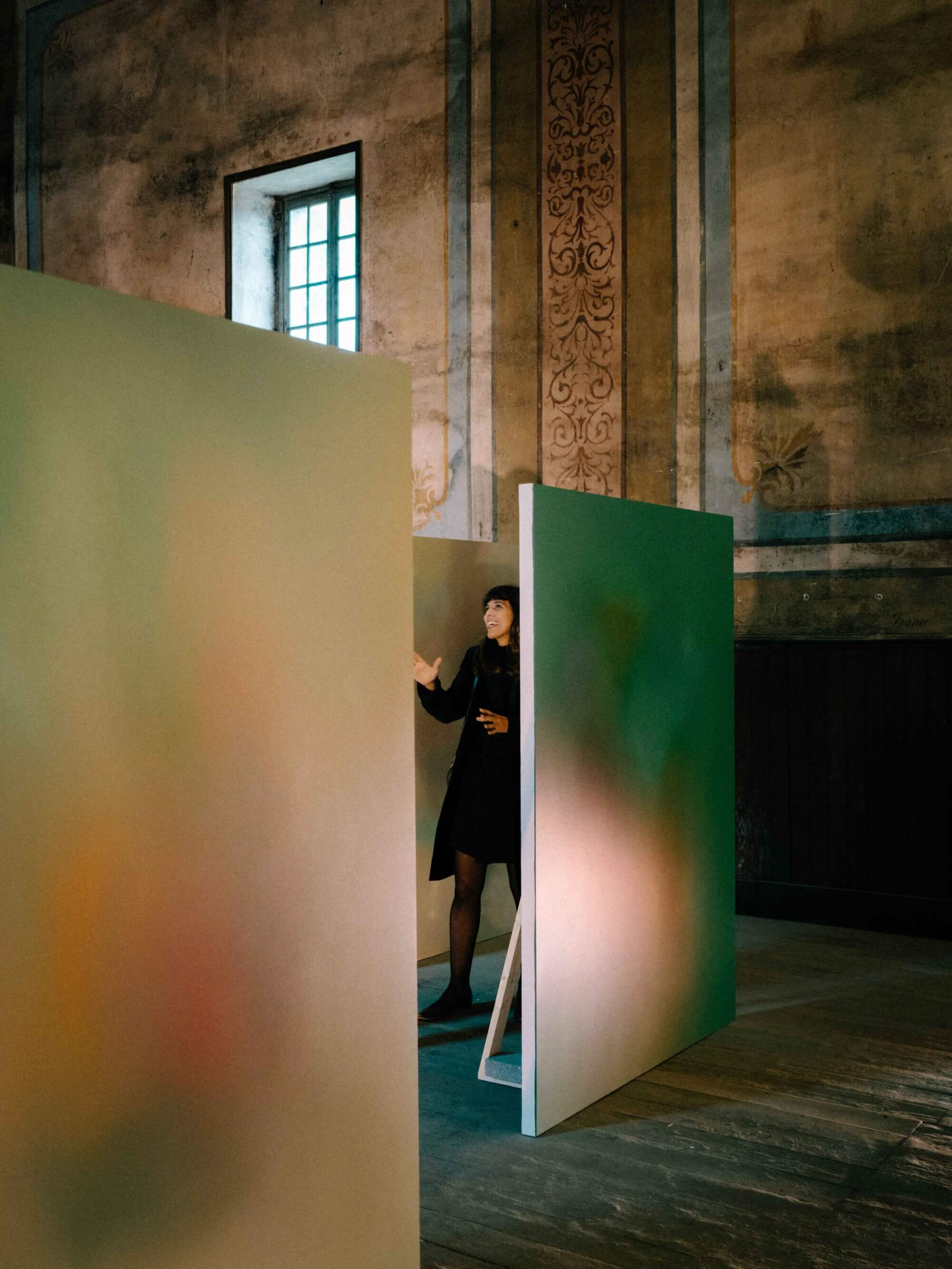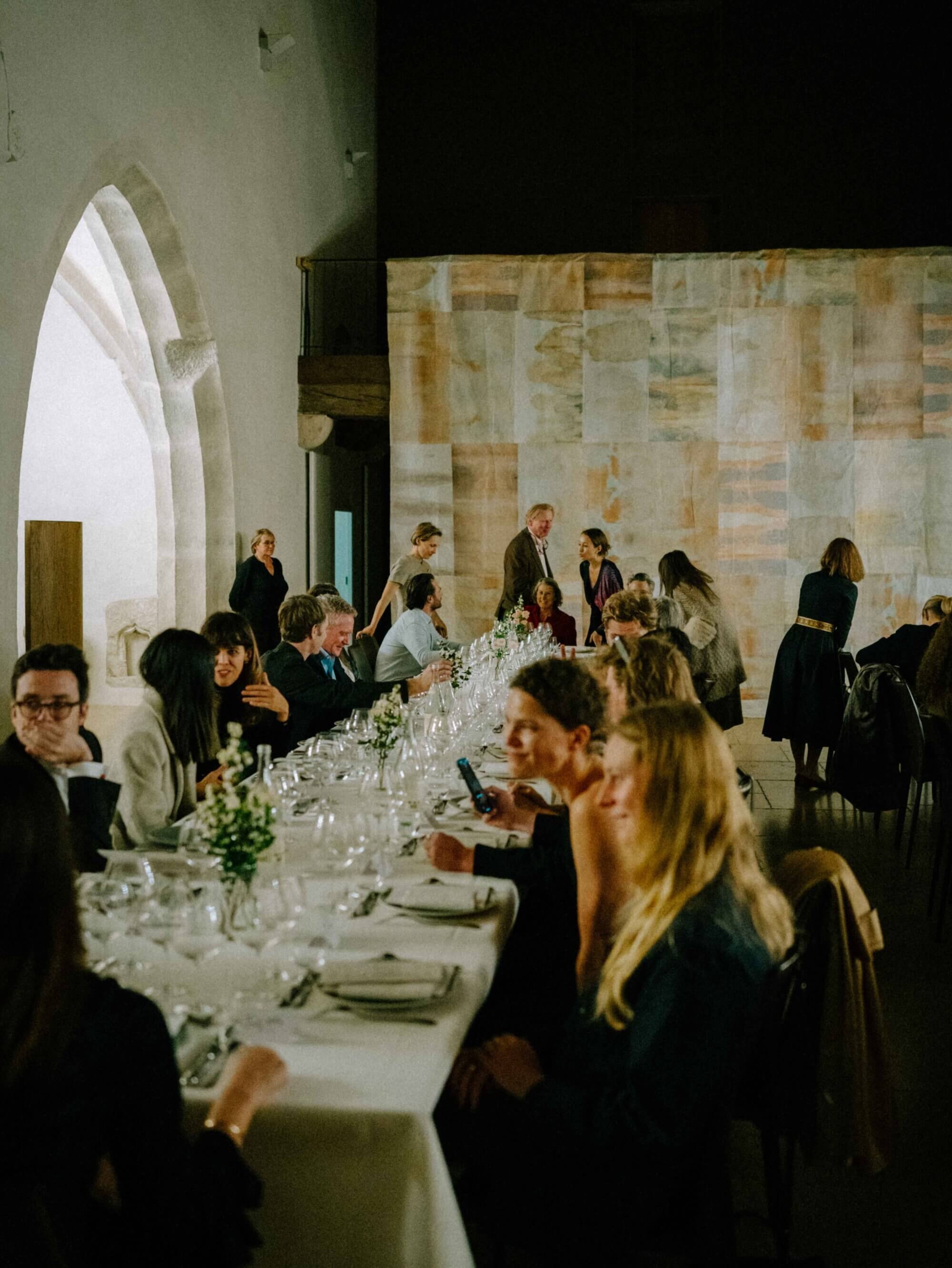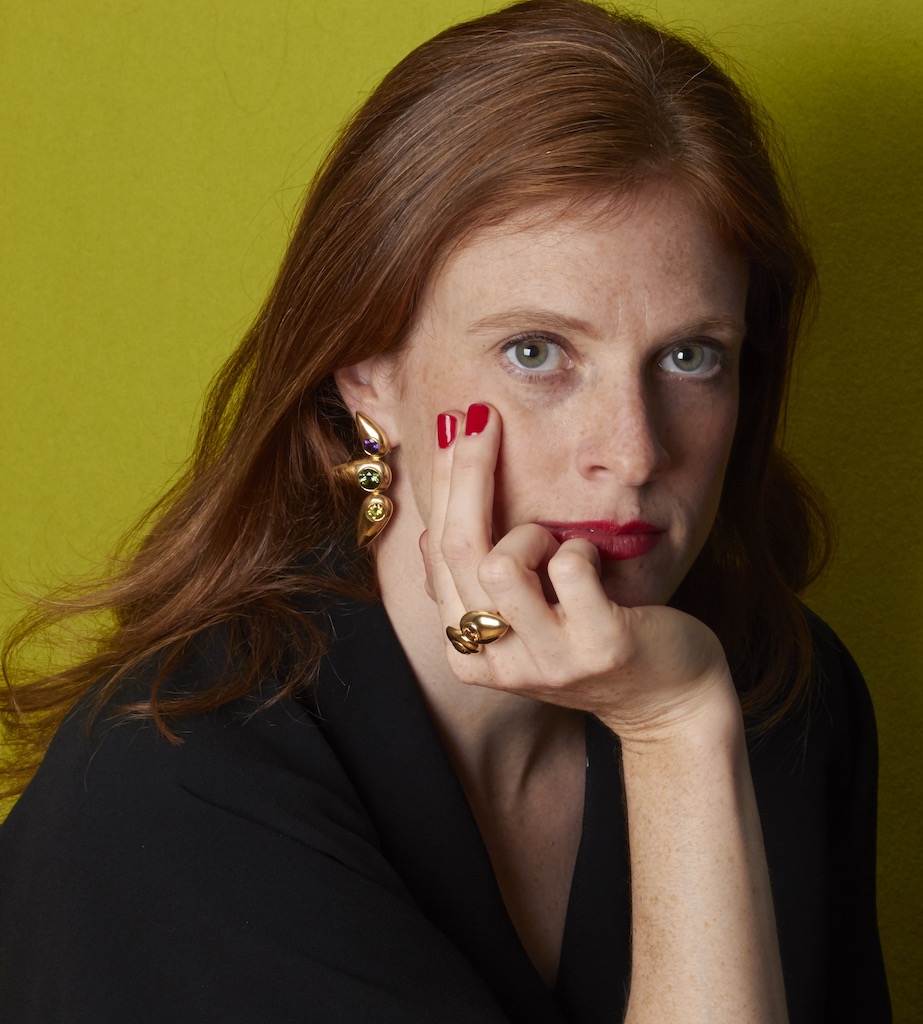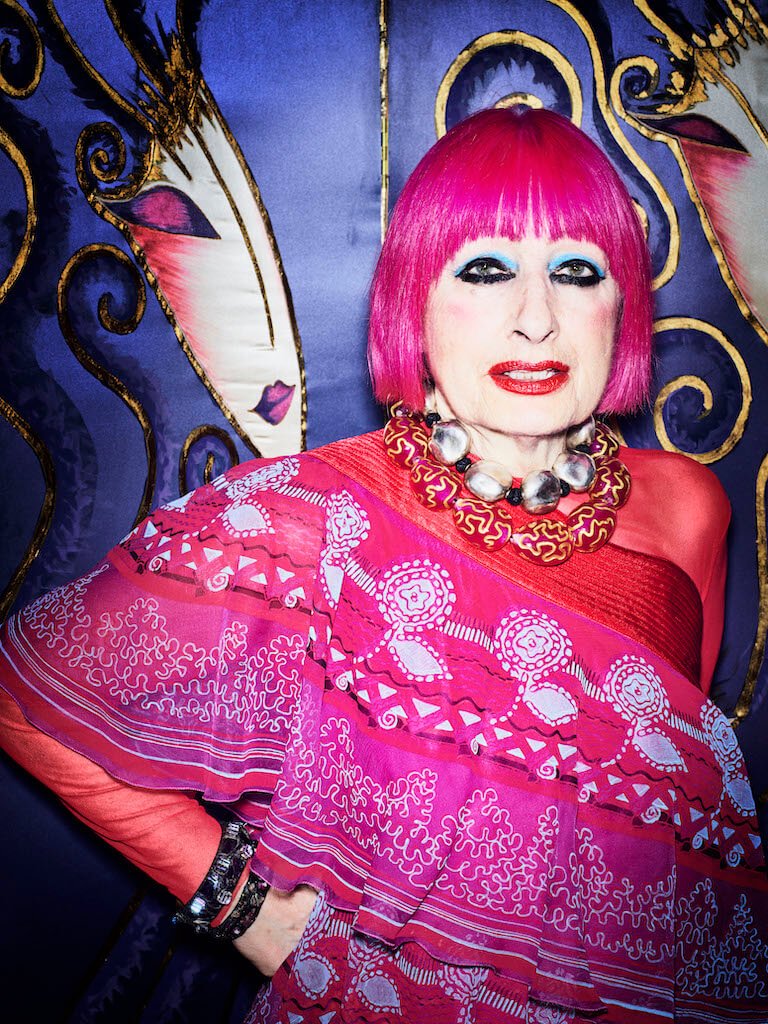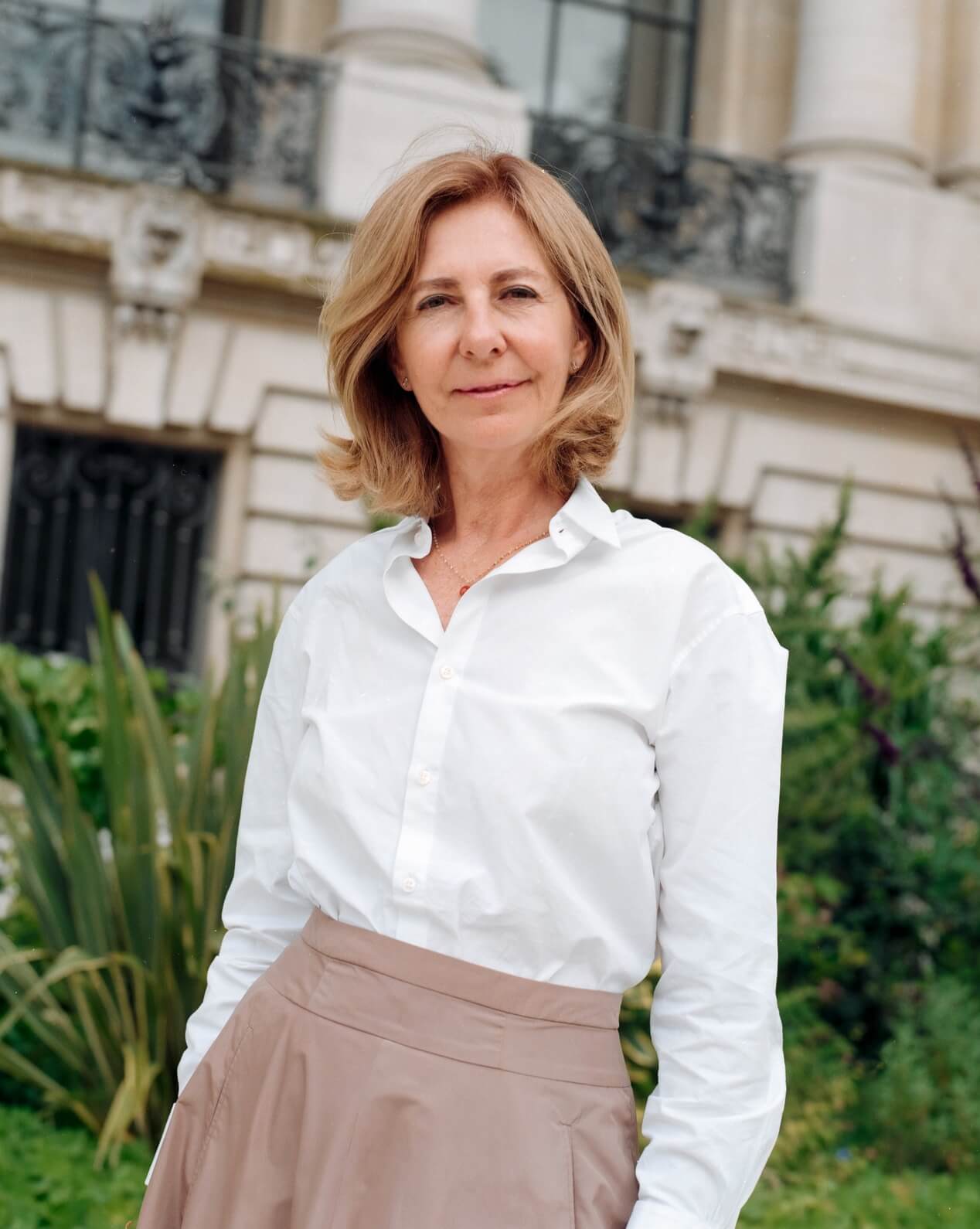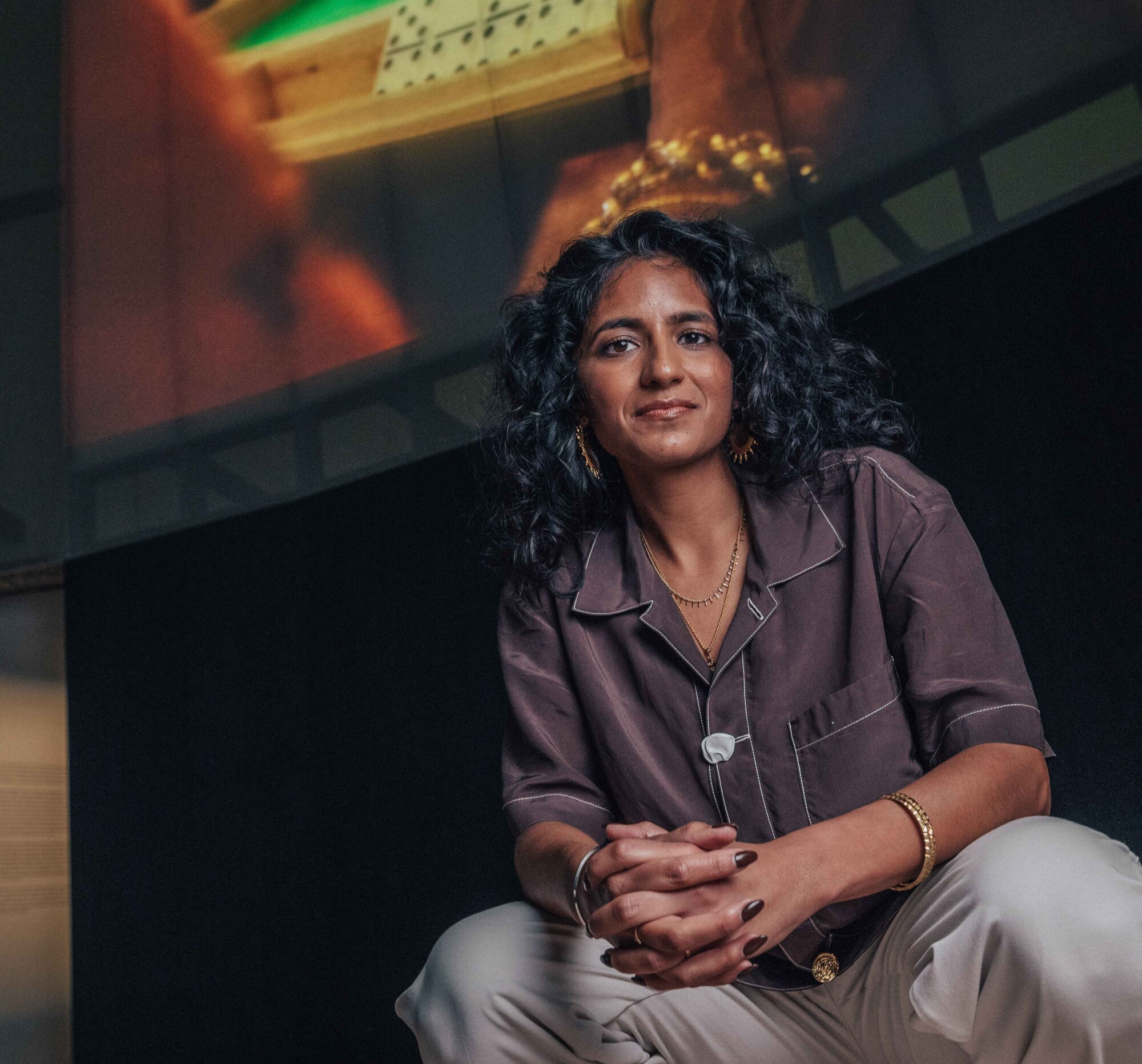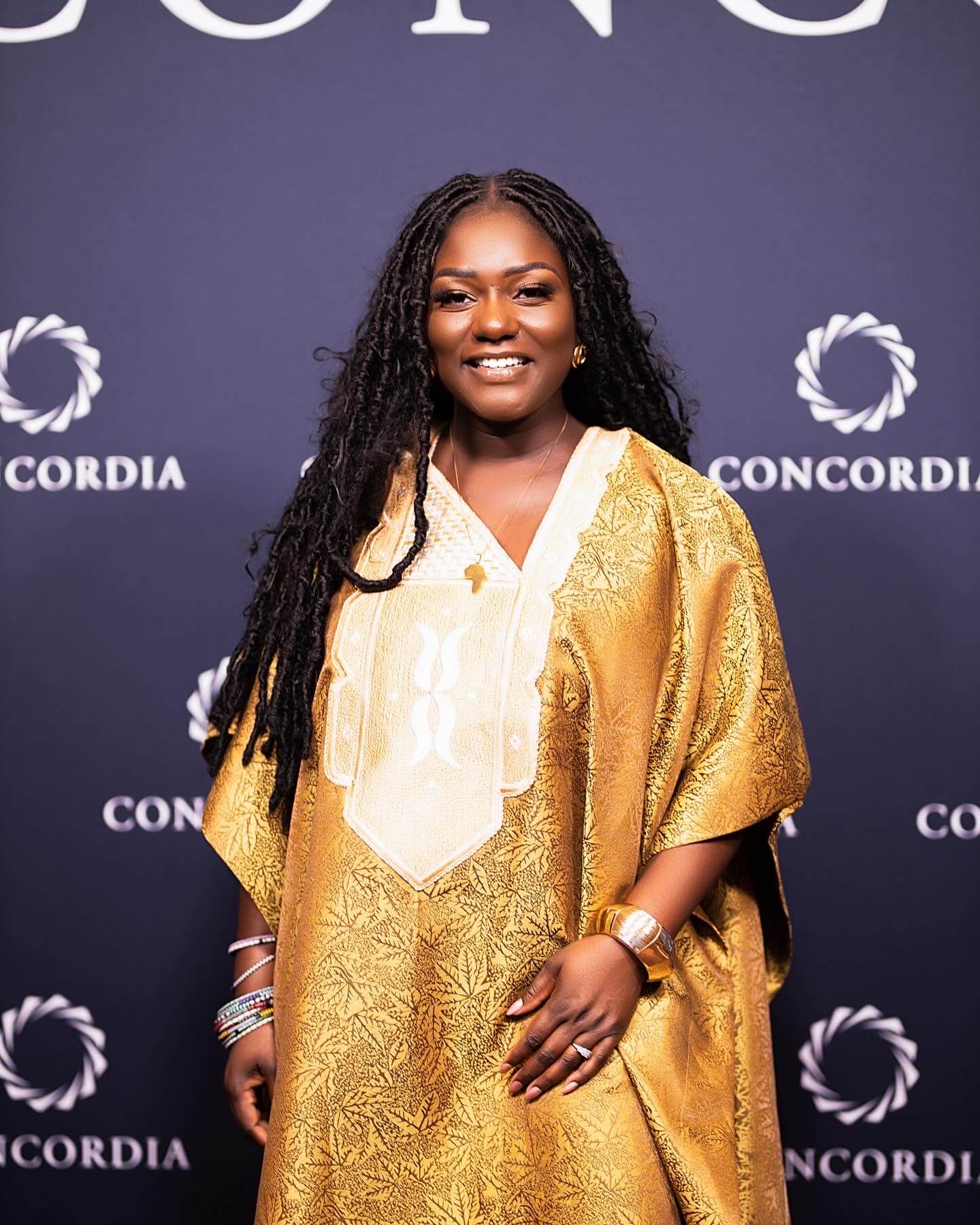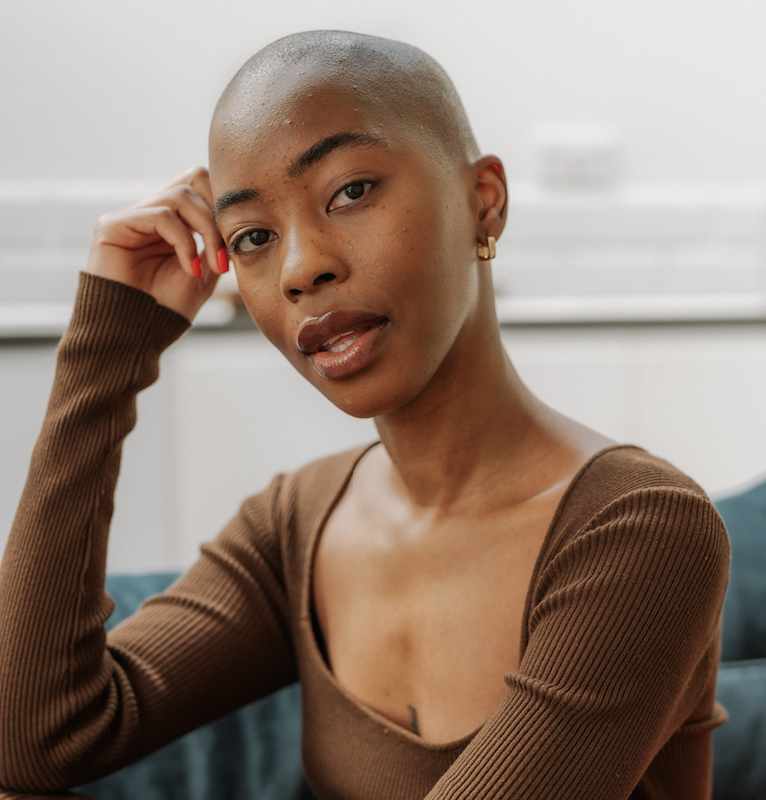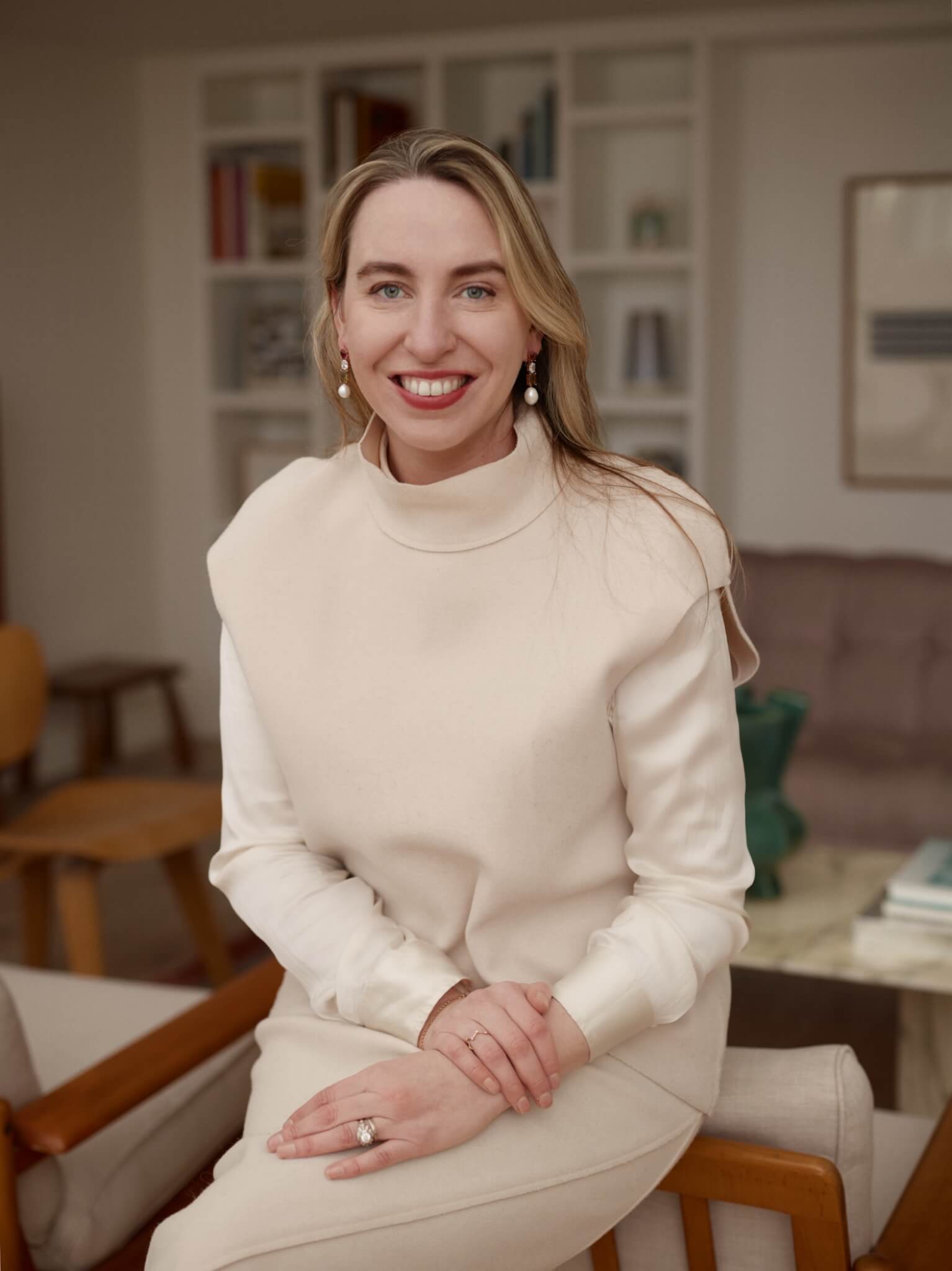

Interview Curator Jenn Ellis
To date Aspara has collaborated and partnered with leading galleries and museums including Proyectos Ultravioleta, Lehmann Maupin, and Tate. Ellis’ most recent project is a year-long partnership with Breguet and Frieze, which will culminate at Frieze Los Angeles next year. At Frieze London, she presented work by 72 year old Yolŋu painter Naminapu Maymuru-White, acquired by Tate at the fair supporter by Endeavour. We caught up with Ellis to hear what the exciting curator has in the pipeline and where she goes to unwind after Frieze.
THE WICK: What does a post-Frieze week Monday morning look like for you?
Jenn Ellis: This year it involves checking in on the various projects we’re deinstalling – Naminapu Maymuru-White at Frieze London and Anna Blom at Gallery46 in Whitechapel – checking on progress for our upcoming exhibition TERRA that opens this weekend across multiple historic sites in Burgundy. And, very importantly, quality time with our puppy Juno, while having a cup of coffee.
TW: You presented the third chapter of your project with Breguet at Frieze London. Can you tell us about the project, River of Stars?
JE:
I was invited by Frieze and Breguet to be their curator for 2024-5. The brief I was given was to respond to ‘time’. I chose to approach this theme through the lens of evolutionary change, the idea being that when change occurs, you know that time has passed. What is the nature of that change, though? It permits considerations from the angles of emotion, technology, geography, ancestry and identity.
For each fair, which I describe as a chapter, I’ve chosen a singular artist, excited by what the possibilities the Breguet ‘fund’ can unlock. For Frieze London, I invited Naminapu Maymuru-White, a First Nations Aboriginal artist based in Yirrkala, who I included in a group exhibition this time last year. Entitled ‘River of Stars’, the project at Frieze London presented a multi-panel bark installation, akin to what she showed in the Arsenale at the Venice Biennale, which explores connection, family, and the spiritual life that infinitely binds us all.
Depicting a river, the works in ‘River of Stars’ tell the story of two Guwak men who were destined to lead their clan to their now homeland of Djarrakpi, around 190 km from Yirrkala. Having seen the people settled in their homeland, they bid their farewells and travelled out to sea in a canoe. Hit by a strong tidal wave, they refused help and destined themselves as offerings to the night sky. In that moment, they created a new path for the souls of their people to travel. The souls of the men – and all subsequent Maŋgalili – are seen today in the Milky Way.
Looking at the sky as a reflection of our shared humanity, ‘River of Stars’ places a dual emphasis on story and ancestry. Accompanied by a rare celestial map from the Sunderland collection, the exhibition speaks to Breguet’s emphasis on history, exploration and astronomy. The project also celebrates the transmission of knowledge and connection over time, and highlights parallel ways of weaving together past, present and future.
TW: How did you come to found your global curatorial platform Aspara Studio, and what is your mission?
JE:
Just over four years ago I became an independent curator. I’d previously worked at a gallery for 7 years, Kiang Malingue, in Hong Kong and London, and held a more curatorial role within that framework, writing about the artists and exhibitions, and leading off-site projects. At the time I wasn’t entirely sure what would come out of going solo but I started being approached to work on exhibitions and by August 2021 I had this idea of setting up a curatorial studio. Why did a studio exist for artists and architects and designers, but not for curators? I find it’s incredibly important to have a framework to think and create, have a network you can bounce ideas off of.
In thinking of the studio’s name I decided to call it Apsara, so it wouldn’t take on my name. I was quite specific about that as I want the studio to feel like a collective and collaborative practice. I also liked the idea that Apsara is a Buddhist deity with a focus on dance and performance. It reflects my time spent in East Asia and also my first loves before visual arts, which were ballet and music.
As a studio, we are focused on global artistic dialogue, finding connections between artists and mediums and places. We are also very committed to the triumvirate of art, space and context. We have a big sensitivity to architecture and heritage and will always ask, before embarking on a project: why this, why here, why now? We are now approached by foundations, galleries, residencies and artists to work on projects, which is exciting. I love the range. I’m also joined by three other people, from the worlds of artistic practice, curatorial research and exhibition design. Someone described us recently as a guild, and I thought that was a beautiful analogy.
TW: You also just closed a solo exhibition in London of paintings by Anna Blom. What excites you about working on exhibitions with emerging artists?
JE:
Indeed, I just closed a solo exhibition of paintings – and installation and sound – with Anna Blom, a Swedish London-based artist. I love working with emerging to established artists and think more in terms of the practice itself. No matter where an artist is in their career I am always asking myself: Does it excite me? Do I feel something? Where else can this conversation go?
If there is an artist who I genuinely connect with, I’m extremely excited to see what we can create together. In the case of emerging artists, there may be more ‘ground work’ as the systems of validation have not yet been established and stacked. So the curatorial role is critically one of presenting, translating and advocating for. It’s funny, because in a past life, before studying history of art, I studied law. Mostly because I loved debating, and I loved building an argument. I think sometimes, when you’re working on the first solo show of an emerging artist, or introducing an artist’s work to a new geographical sphere, which was often the case when I was working between Hong Kong and Europe, there has to be a lot of that case-building.
Ultimately though, it can also be very rewarding, as you grow together and see the doors that open or the paths that are created. It’s a journey.
“ I find it’s incredibly important to have a framework to think and create, have a network you can bounce ideas off of.”
